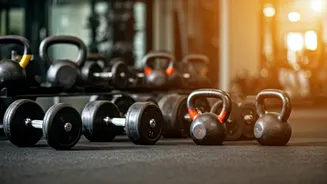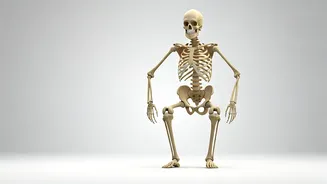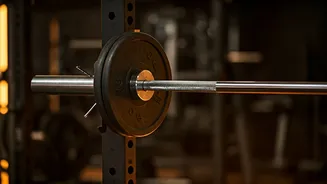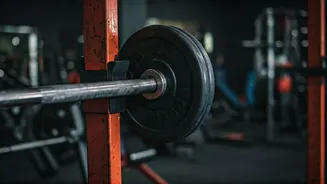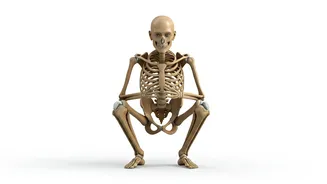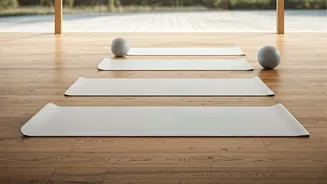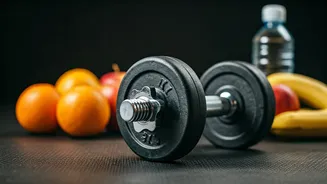Kneeling Windmill
Beginning with the Kneeling Windmill, dedicate 60 seconds to this movement. Position yourself on your knees, maintaining a straight back, and stretch one
arm out to the side. With your other arm, reach up towards the sky and then rotate your torso, bringing the raised arm down towards the opposite side, as if reaching through a window. This dynamic stretch gently works on the spine and shoulders, improving range of motion. Focus on controlled movements, keeping your core engaged to maintain balance and stability. This exercise warms up the body and readies the joints for more challenging movements while promoting flexibility. Proper form is crucial; keep your movements slow and deliberate, concentrating on the stretch rather than speed. This initial exercise smoothly begins the workout, preparing your body for the sequence of mobility exercises to follow.
Reverse Table Tap
Next in the sequence is the Reverse Table Tap to L-Sit, also performed for 60 seconds. Start in a seated position with your hands placed behind you, fingers pointing towards your body. Lift your hips off the ground, forming a table-like position. From there, gently tap one hand down to the floor, alternating sides. This exercise enhances core strength and shoulder stability. For the L-Sit portion, gradually lower your legs into an L-shape if possible, supporting your weight with your hands. If the L-Sit is too difficult, hold the table position for the full 60 seconds. Engage your core throughout the movement and avoid any jerky motions. This exercise boosts not only flexibility but also challenges your core muscles and enhances your overall balance and body control. Regular practice makes improvements more tangible, contributing significantly to improved balance.
Lateral Glide
Continue with the Lateral Glide with Knee Drop, maintaining the same 60-second timeframe. Begin by standing with your feet hip-width apart. Shift your weight to one side, extending that leg out to the side while keeping your other leg straight. As you glide, allow the non-weight-bearing knee to drop towards the floor, maintaining a controlled movement. This exercise boosts hip mobility and improves the flexibility of the inner thigh muscles. It enhances lateral movements, which are crucial for daily activities and overall athletic performance. It is important to focus on controlled motion; avoid quick, uncontrolled movements to reduce the risk of injury. This exercise also improves balance and coordination, making it a valuable addition to your mobility routine. Consistent implementation of this exercise ensures long-term benefits in terms of flexibility and range of motion.
Kneeling to Squat
The fourth exercise in the sequence is the Kneeling to Low Squat, also performed for a duration of 60 seconds. Begin in a kneeling position and then gradually lower yourself into a low squat. Maintain a straight back and keep your feet flat on the ground. If a deep squat is difficult, adjust the depth to a comfortable level. This exercise enhances the flexibility of the hips, ankles, and knees. It’s an essential movement for functional fitness and daily activities. When transitioning, control the descent and ascent to focus on controlled movements, ensuring the benefits are maximized, and potential injury risks are minimized. This exercise targets the lower body, enhancing mobility and strengthening muscles. With regular practice, the low squat becomes easier, improving your movement capabilities and overall well-being. This exercise readies the body to tackle any daily mobility task easily.
Alternating Sitting
Concluding the sequence is the Alternating Sitting-Rising, also done for 60 seconds. Begin in a seated position and then rise to a standing position, focusing on controlled movements. Alternate between sitting and standing. This exercise challenges balance, coordination, and leg strength. Proper posture is vital to avoid unnecessary strain on your joints. Maintaining a straight back and engaging your core will further enhance the effectiveness of this exercise. It simulates movements performed in everyday life, promoting functional fitness. This is a complete body movement and helps in strengthening muscles that are often neglected. It's a great way to improve your overall fitness while keeping your muscles and joints flexible. With repeated practice, you will notice improvements in strength, and mobility.




